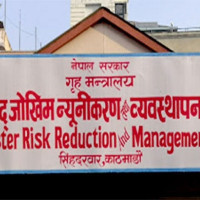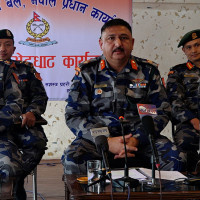- Saturday, 13 December 2025
Ajaymerukot palace reconstruction begins
BY PUSHKAR BHANDARI Dadeldhura, June 14: The reconstruction of the ancient palace of the Doteli king at Ajaymerukot has officially begun. The palace, located in Ward No. 2 of Ajaymeru Rural Municipality, is being restored with a budget of Rs. 7.8 million allocated by the local government.
In the current fiscal year 2024/25, the rural municipality allocated Rs. 9 million for the project. Following this, the Department of Archaeology excavated the palace remains at Ajaymerukot in February. According to Ratan Airi, a technician from the rural municipality, the reconstruction will follow the architectural style uncovered during the excavation.
He stated that the palace will be excavated down to its foundation and reconstructed accordingly. A skilled artisan has been brought from Bhaktapur for this purpose. The structure will be rebuilt as it originally was, with three-metre-high stone walls. The design will replicate the remnants found during the excavation, as the palace was discovered in a ruined, roofless state.
The excavation and research suggest that Ajaymerukot had a two-story palace with approximately 14 rooms. In the lower floor, there were seven rooms, three on one side, four on the other, with a central corridor and a stone staircase leading to the upper floor.
Based on these findings, it is believed that the main palace had about 14 rooms in total. In addition to the main palace, the site also contained around 10 other stone structures, including a one-story building, a mandap (ceremonial space), and a security tower.
Ajaymerukot, which carries the legacy of the Doteli kingdom, was built in the exquisite architectural style of the Katyuri dynasty.
During the excavation, Bhaskar Gyawali, Chief Archaeological Officer and archaeologist from the Department of Archaeology, said that this was the first time such a detailed excavation and study had been conducted at Ajaymerukot. Due to its unique art and construction style, the site is considered to be within the sphere of influence of the Katyuri dynasty.
According to him, the distinct art and architecture of Ajaymerukot differ from those of temples located east of the Karnali River. Here, a mandap is constructed in the centre, with temples built on either side. He stated that this is one of the finest artistic examples in all over Nepal.
He further added that Ajaymeru contains various structures from the 13th and 14th centuries, including forts and palaces. Although referred to as ‘kot’ (fort), Ajaymerukot includes not just fortifications, but also palace ruins, altars, defensive towers, the Queen’s cave, wells, and several stone structures associated with the royal palace.
Connected to this site is Haat village, which features stone temples, mandala, and novel structures. While the fort is publicly owned, the stone temples, and mandala in Haat village are privately owned.
Inscriptions of Niray Pal and Nagi Malla have been found at Ajaymerukot. Some previously unread inscriptions have recently been documented. “We will cross-check and study them in consultation with subject experts,” Gyawali said. “There are 13th-century structures scattered throughout the area.”

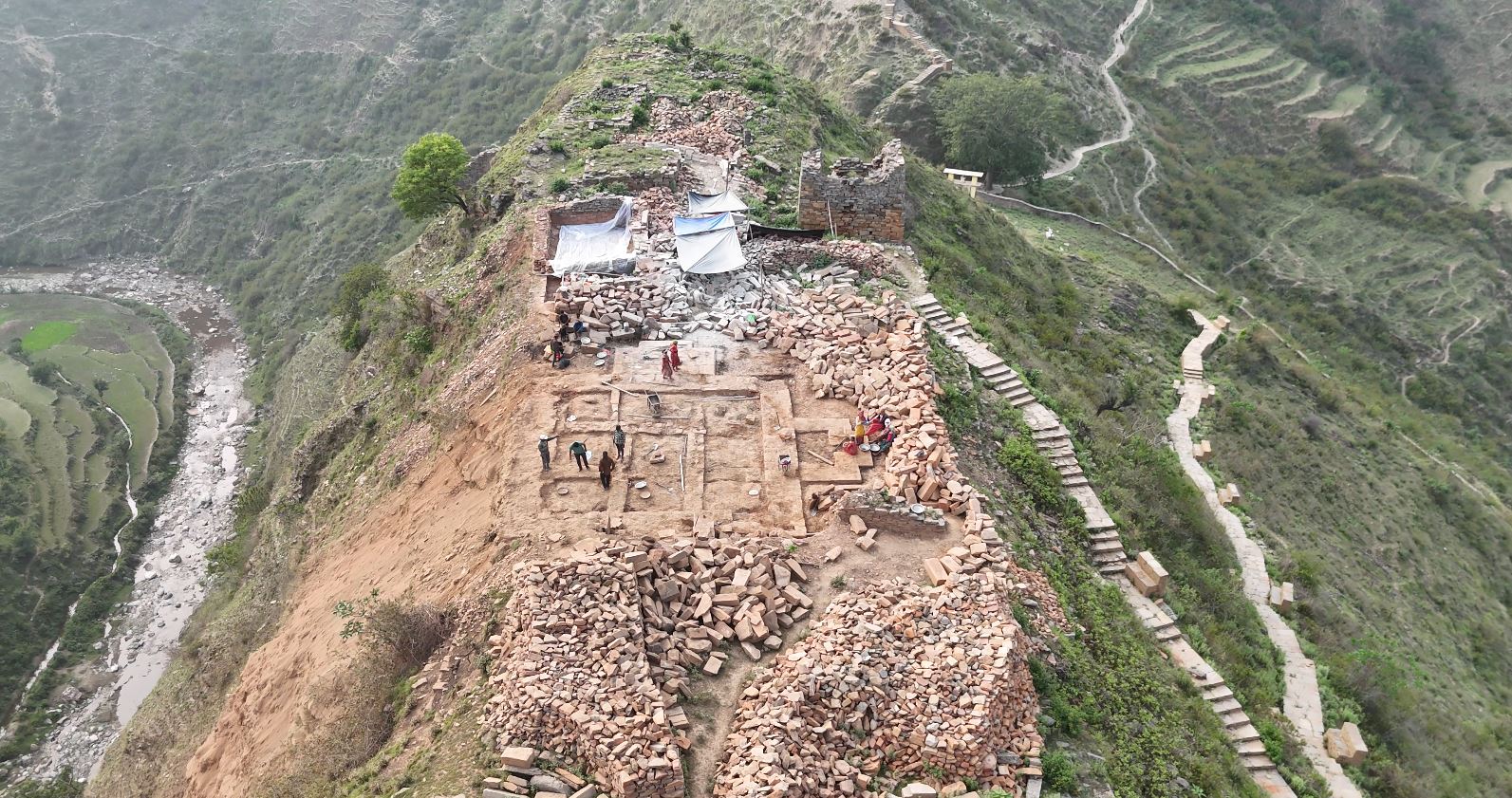

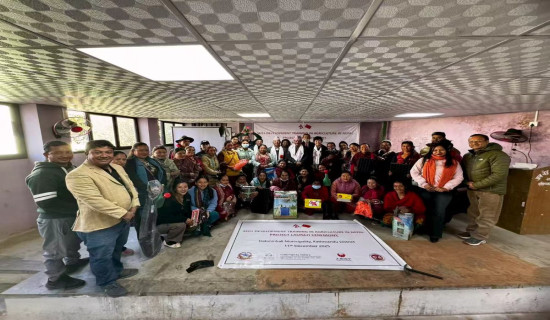
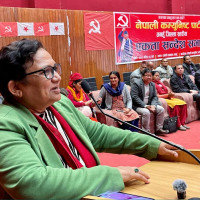
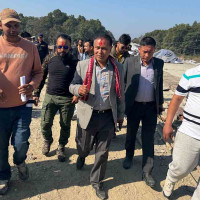
-original-thumb.jpg)
